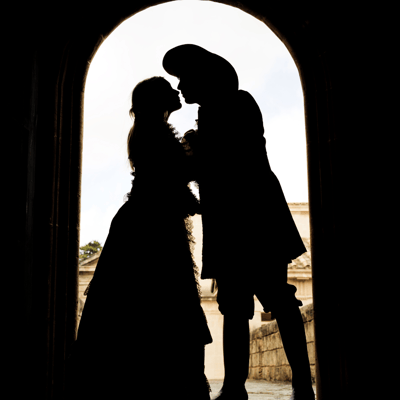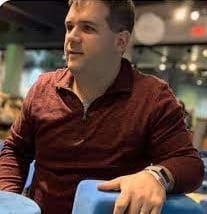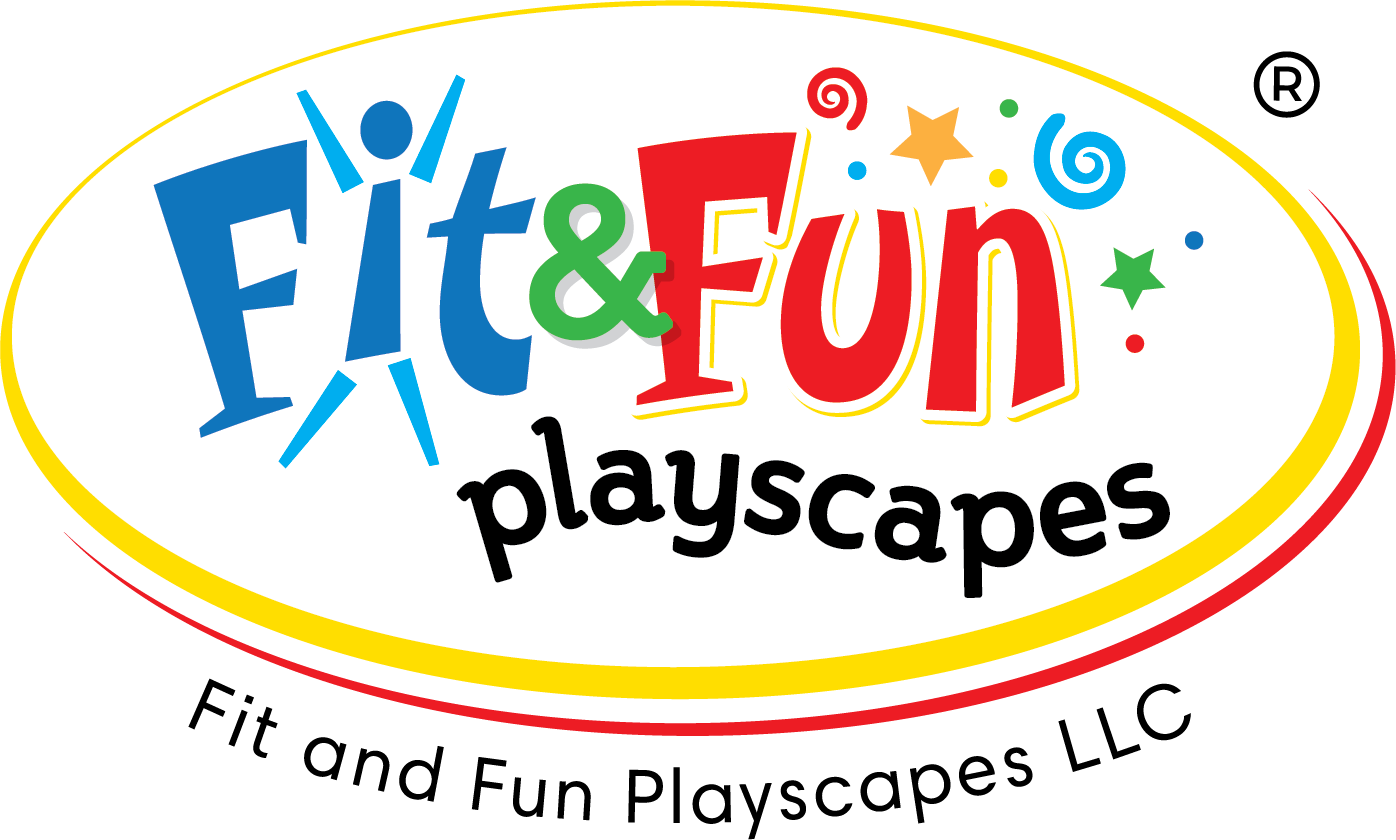What's in a Name? Is Physical Education Just Purely Physical?
“What’s in a name? That which we call a rose. By any other name would smell as sweet."

These infamous lines come from Juliet Capulet as she pontificates why she can’t love Romeo Montague.
While this article is not about roses, the same thought rings true for a well known school subject: physical education. Often referred to as “gym class,” PE has an interesting lure within the educational system. If we are to ask what’s in a name: What really is physical education? Is physical education just purely physical?
Humble Beginnings
Let’s play word association. What does the word “sneaker” make you think of? What do the words “physical education” make you think of? For many, they think of bad experiences in school playing archaic games like dodgeball, being picked last, and having to run the mile. They think of the typical 1970s gym teacher with knee socks and short shorts with a whistle around their neck. My mother was a middle school PE teacher, so I naturally always enjoyed playing with her classes. She never was like that. She would always teach students how to work together and the fundamental skills associated with different sports. Her students loved her because she cared about them and wanted to give them opportunities to enjoy and appreciate exercise.
I always loved school. Physical education class was something I always enjoyed participating in. I loved when my mother would bring me to classes. Even in 3rd grade, the 6th graders thought I was in their class. I always just enjoyed playing and moving. I picked up a basketball and started playing when I was seven. The first basket I ever scored, I took a bow afterwards. Sports and exercise never even seemed like a career or something I wanted to pursue.
Heading into college, I thought a career as a lawyer seemed a likely path. After a disappointing first year of college, I was left with the question: what do I want to do each day that will make me happy? My own experiences in PE growing up were mixed as well. I remember the random game in 5th grade where we had to throw a ball and run the bases. Engaging? Yes. Educational? I don’t think so.
I enjoyed “gym class” football and volleyball in high school but that’s because I enjoy playing. So, I went to Adelphi University and received my Bachelor’s in physical education as well as my Master’s in Childhood Education and Special Education Grades 1-6 (graduating with honors).

Back to the Future
Fast forward to the year 2020. PE is undergoing a renaissance. Gone are the days of just rolling out balls and just letting chaos reign supreme.
Thanks to many hard-working, dedicated professionals in organizations such as the Society of Health and Physical Educators (SHAPE) and the Online Physical Education Network (OPEN), there is a shift in helping PE be recognized not just as gym class, but education of the whole child.
SHAPE has created five standards for PE and rolled grade level outcomes for students in grades K to 12. The focus is on Physical Literacy. Through careful and meticulous design, we want students to be life-long movers. A physically literate individual is someone who is confident in their movements. This will inspire them to want to move more because they are competent. Sneakers are always the norm for the PE teacher. In the city of New York, a PE Scope and Sequence has been developed. We are looking to move past the days of busy and active classrooms.
While that is important, how does that distance ourselves from recess or just rolling balls out?
Bowling is Life, It’s More than a Game
Words my father used to say. He loved bowling and he was obsessed with it. So it shouldn’t come as a surprise that I picked up the sport. I enjoyed it not because I wanted awards and accolades.
To this date, I’ve bowled four perfect games and one 800 series and in doing so have landed a spot in the National Bowling Hall of Fame. I just wanted to bowl with my father. This probably speaks to my philosophy of teaching. Bowling doesn’t have the allure as other games for students, but it secretly is something that is versatile.
So how can I connect something I have a deep passion for that students probably have had no experience with? Gone are the days of “are we playing basketball?” I’ve got my students LOOKING forward to bowling. How can a game I’ve played since I was five years old excite students in a community where the nearest bowling alley is 20 miles away?

Aye, there’s the rub.
Any teacher’s role is to teach students the tools to learn and apply their knowledge to scenarios that arise outside the classroom, so thanks to Thinking Maps, I can easily show the steps of how to roll a ball. I can put it on screen so students can refer to it. It’s not just having students be physical, it’s about providing education as well. Students refer to this sequence of steps. It’s posted on the board in the form of a GIF, so they can refer to it anytime they want. It’s not just about memorizing steps. It becomes a check-list. This is something they are familiar with in the classroom. They can choose a just right level for a book and internalize editing processes – why can’t that be transferred? I see classes once a week so autonomy and working on their own in small groups best meets the needs of all learners.
A game like Bowl-A-Rama is great because it's modified bowling. It requires students to work in groups of three. I’ve presented this game at the city, state and even globally and it receives great feedback because it works. Students know their roles and they like working in teams. In elementary school, students are not even expected to play fully authentic games. Bowling is even harder to make authentic. A game like this reinforces physical literacy as well as the literacy that teaches students to write and read. Students are also encouraged to assess each other and ultimately themselves. I feel that sometimes we get hung up on wanting to have students be physically active and educate them. We try to reinvent the wheel. Students want to inherently move. If we marry academics and learning, it will be a happy union.

“Almost all creativity involves purposeful play.”
Words spoken by Abraham Maslow, the psychologist who has given us Maslow’s hierarchy of needs.
In the classroom, every child has needs. They present differently in a PE class. If you consider Bartle’s types of players’ taxonomy, it can illustrate why people pursue play at all. I always enjoyed exercise because I just enjoy moving. When my body moves, I am happy. My mind is stimulated because I am analyzing and giving myself feedback as I go about my tasks. I try to bring that same mentality to my PE classes.
Some players play for the rewards or social aspect. Everyone knows someone who takes all games extremely seriously. That’s perfectly okay. My job as a PE teacher is to handle learning accommodations, hierarchy of needs, appeal to different learning styles AND consider the types of players my students are. Seems exhausting? I do that on a daily basis - often switching from kindergarten one period to fifth grade another period. The devil is in the details.
Using SHAPE’s national standards helps facilitate students on a meaningful and fun adventure. Students learn and they want to move. I like to provide different opportunities that my students otherwise would not come across. In addition to bowling, I won through US Lacrosse a set of school friendly lacrosse sticks. Virtually none of my students have tried it before, so they’re all on the same page. Even when it comes to basketball or soccer – focusing on the skills that are needed, and the training elements keeps it fresh and creates an environment of inclusion rather than heavy competition.

If you look at the breakdown of the skill, you can see how I present it to students. Visual learners love seeing a picture. I also leave up a GIF repeating so students can refer to. Students use check lists all the time in their classes. This functions as a checklist so students can see the breakdown of the skill and see what sequential order the cues come in. I tend to think sequentially like this. It also helps me model cognitive thinking for the students. To that end, all students benefit from consistent routines and procedures.

While I have had much success, there is still much for me to learn. I am grateful to be in a school community that appreciates what I bring to the table. Physical education is very much about combining exercise and education. Even during remote learning, many dedicated physical education teachers such as myself have worked tirelessly to make sure our students are being active and learning what purposeful movement is.
What started out as me wanting to be a lawyer, ended me trading in dress shoes for sneakers. Two roads diverged in a wood, and I took the one that led to the gym, and I have never been happier with my decision.
***
About the Author

James (Jim) Hambel is an elementary school physical education teacher in New York City. He has a teaching license in PE as well as general education and special education, grades 1-6.
Jim is a member of the professional bowlers association. He is also a member of the US Bowling Hall of Fame.
Recently, he received the award for the 2020 NYS AHPERD Elementary PE Section Amazing Person and 2021 Dr. R. Doris Corbett Johnson Leaders for Our Future Award. He has a beautiful wife and two amazing daughters.
This article was originally published 6/29/20 on SchoolRubric.com. Updated 3/30/2022





Leave a comment